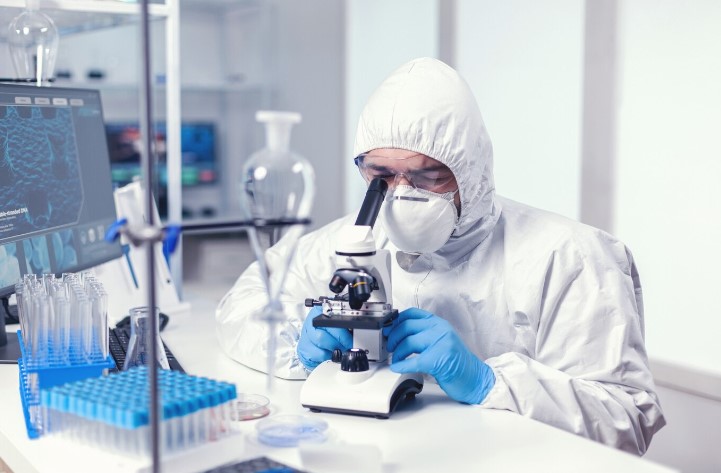Biocompatibility can be considered one of the primary objectives in producing medical devices to ensure that they are not a threat to the health of human beings. Welding is a crucial factor in the construction of such devices, and several factors must be considered to avoid compromising the biocompatibility of the equipment. Medical welding involves fabricating devices and components used in healthcare settings, ranging from surgical instruments to implants.
This specialized form of welding requires adherence to strict biocompatibility standards to ensure the safety and compatibility of devices with the human body. Common materials used in medical welding include stainless steel, titanium, and biocompatible polymers. Techniques such as Tungsten Inert Gas (TIG) welding and laser welding are employed to create precise, high-quality welds in medical devices. On the other hand, medical laser welding utilizes focused laser beams to join medical device components with precision and accuracy, often in cleanroom environments.
This blog explains why biocompatibility is essential in medical welding and the materials and methods used in its achievement.
Table of Contents
Understanding Biocompatibility
Biocompatibility pertains to the function of the material within the body, and it should not form toxic compounds. Biocompatibility is highly valued in medical welding because the device will directly contact body tissues and other fluids, leading to no inflammation, toxicity, or other effects.
Materials for Biocompatible Welding
Stainless Steel Alloys: Corrosion resistance and biocompatibility are some of the properties that make stainless steel attractive for use in the manufacturing of medical devices. 316L stainless steel is widely used in various fields, such as surgery tools, implants, and medical equipment.
- Titanium and Titanium Alloys: Titanium also boasts high biocompatibility and is utilized in orthopedic implants, dental applications, and surgical tools. Other examples are titanium alloys such as Ti-6Al-4V, which possess biocompatibility, high strength, and lightweight properties.
- Cobalt-Chromium Alloys: Cobalt-chromium alloys, including the Co-Cr-Mo alloy, are renowned for their strength, wear and corrosion resistance, and biocompatibility. They are used to manufacture orthopedic implants, cardiovascular devices, and even dental prosthetics.
- Biodegradable Polymers: Biopolymers, such as polylactic acid (PLA) or polyglycolic acid (PGA), are sometimes employed in medical applications. Unlike other gynecological implants, these materials are biodegradable and break down in the body after several years of insertion without requiring surgical removal.
Techniques for Biocompatible Welding
- Tungsten Inert Gas (TIG) Welding: TIG welding is an effective technique for welds of different materials compatible with biocompatible materials. It allows for easy management of heat input and provides a narrow, nearly haze-free weld bead.
- Laser Welding: Laser welding is ideally applicable for applications involving small and detailed parts whereby there is minimal heat influence area. This allows for close control over the welding variables and can be applied to many biocompatibility materials.
- Micro Welding: For miniature parts and complex assemblies used in medical devices such as pacemakers, catheters, or stents, the micro welding process can include micro TIG welding or laser micro welding.
- Cleanroom Welding: Some medical welding processes may be performed in cleanroom settings to meet uncompromising standards of cleanliness and sterility. These controlled systems reduce contamination and, thereby, the quality of the welds on those components.
Quality Assurance and Testing
Aside from choosing biocompatible materials and appropriate welding methods, strict quality control tests are another critical factor in ensuring the biocompatibility of medical devices. This process may require material characterization, cell culture and toxicity assays, and biocompatibility evaluation based on regulatory norms like ISO 10993.
Biocompatibility in medical welding calls for proper conformity and uniformity of the materials and methods used in welding and quality assurance. Medical welding has biomedical applications mainly because stainless steel, titanium, and cobalt-chromium alloys are biocompatible, and medical device production methods like TIG welding and laser welding are available. Ready to experience the precision of micro-welding for your intricate projects? Contact Micro Weld now to explore our micro welding services!




